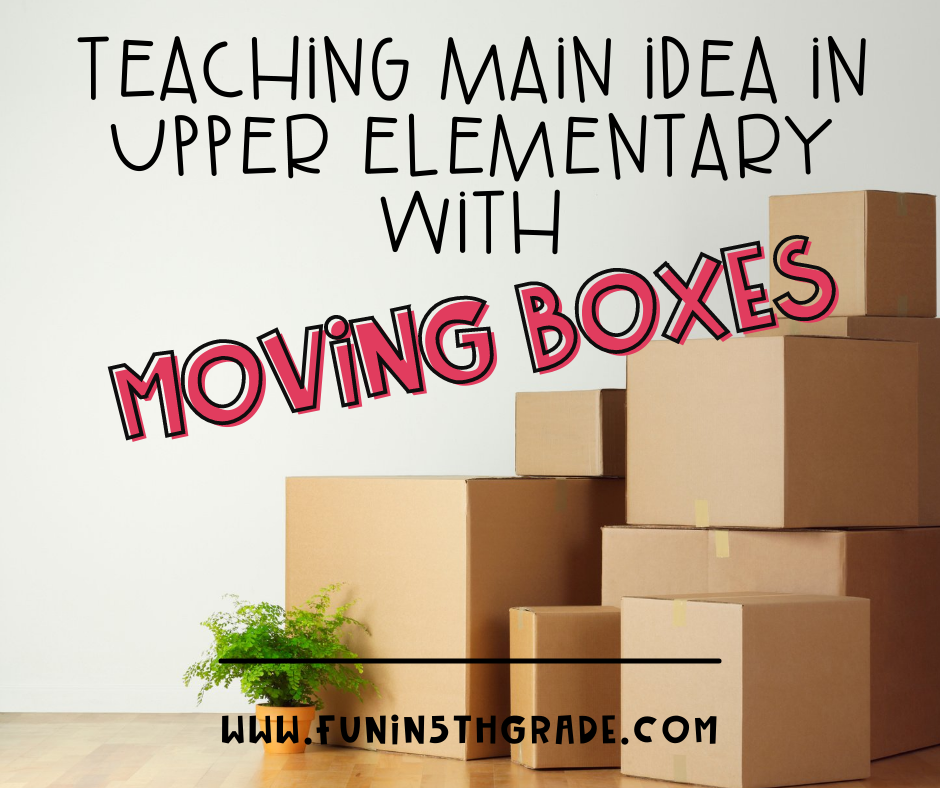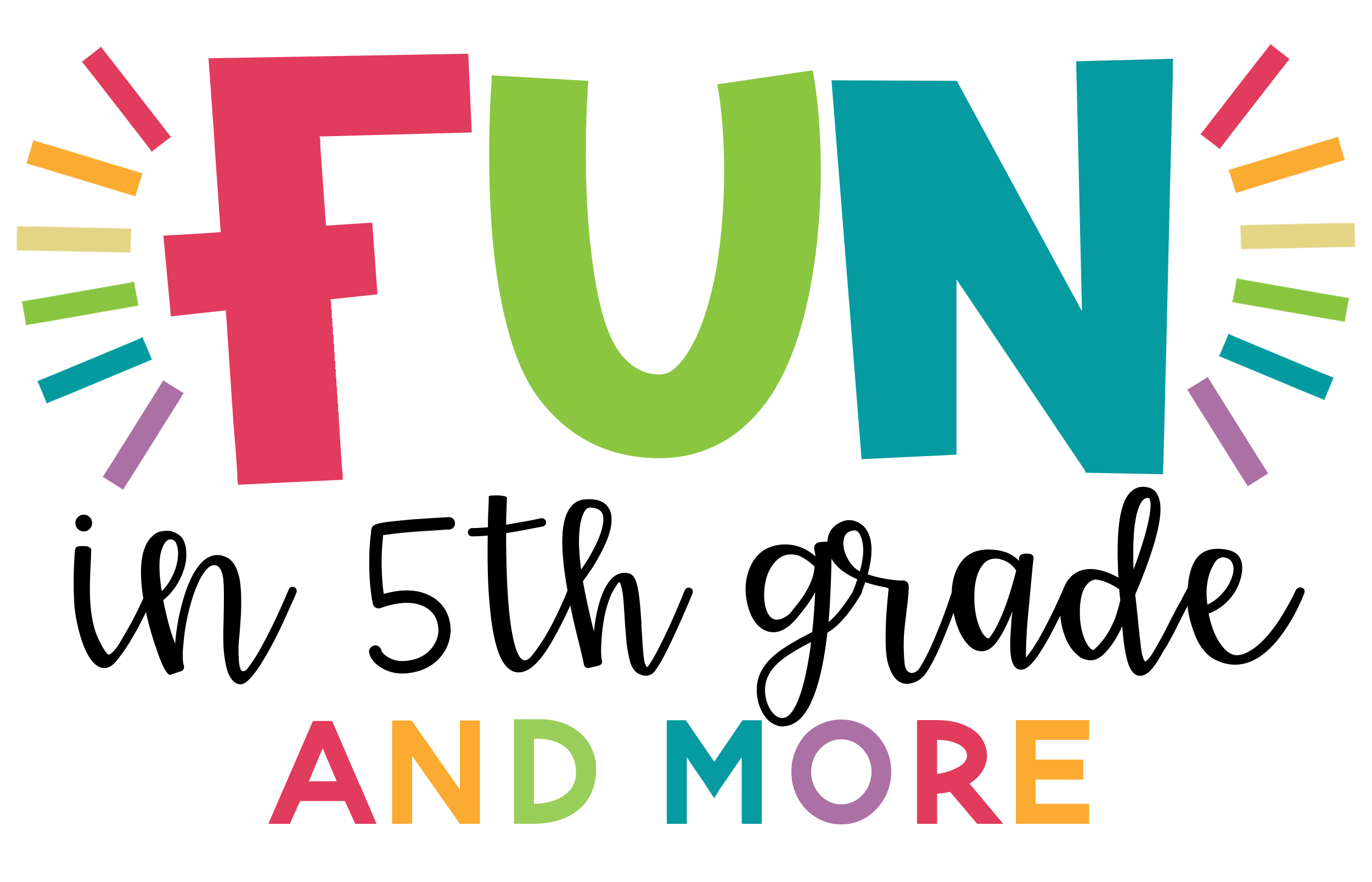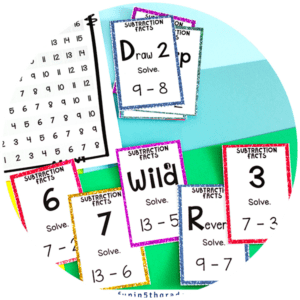Teaching main idea in upper elementary can be a lot of fun with this main idea moving box strategy.
Nothing gets you to think more about all the stuff you have packed away in your closet than preparing for a big move.
As I sort through closets to prepare for a move, whether that is moving to a new classroom, changing homes, or simply moving a child into college, I always have three piles…keep, donate, and dump.
These three piles (or boxes) allow me to make sure that I am only keeping the important items that I know will be used again.
The Main Idea Moving Box
In this moving box activity for teaching main idea in upper elementary, we will be taking a deeper look into a reading passage, pulling out the individual pieces from the passage, and distributing them into each of our moving boxes in an attempt to identify the main idea of the passage.

The concept of the Main Idea Moving Box activity is simple. Take all the small pieces (the details) and pack the important ones into one box. Then determine what you would label the box so that the movers (or other readers) would know what is inside.
The Steps
We are going to use a different passage from the Main Idea Game Show to practice this strategy. Read the passage below.
As a whole class, list out the details of the passage. Once you have a thorough list of details, cut them out and give one to each student. (Depending on the number of details, students may need to work in partners, or some students may have more than one detail…adjust as necessary.)
These are the details we pulled from the Dead Sea passage above.
- Bordered by Jordan
- Bordered by Israel
- Bordered by West Bank
- One of the Saltiest Bodies of water
- 9X saltier than the ocean
- So salty you float if you swim in it
- It may have been part of the ocean, but now land cuts it off.
- Saltier because it doesn’t rain much
- Salt is left behind when water evaporates
Now we are going to donate, dump, or pack each detail.
The Donation Box
Although we may not want many items anymore, we donate them to others because we understand that they may be needed or wanted by others.
When we are deciding which details to donate in this activity, we are looking for true, factual pieces of information from the passage that generally fit the topic but are too generic to be specifically important to this passage. These details are often interesting, but simply being present doesn’t make them important to the main idea.
Those pieces of information get donated; they don’t get packed in the moving box.
The Dump
When we send details to the dump, we are acknowledging that the information is useless to the discussion of the topic. Those items do not get packed in the moving box either.
Students are less likely to come up with a concise list the first time they create a list of details, so you may have many details that need to be dumped. We hope this will improve over time and that, eventually, they will create a starting list that has zero ‘dumpy’ details.
The Moving Box
The only items that get packed into our moving boxes are the details that seem to be significant enough to carry around! We don’t want any extra details weighing us down!
Just like when we pack a moving box in our home, we are looking for details to pack in our moving box that seem to go together. We don’t want to pack our underwear, dishes, and dog food all in the same box. Likewise, we don’t want to pack mismatched details into our moving box either.
Ultimately a good ‘packed’ moving box in this activity will be full of details that all seem to have something in common.
Label the Moving Box with the Main Idea
As we sort the details from the passage about the Dead Sea, we end up with just two boxes, as you can see below.
Moving Box
- One of the Saltiest Bodies of water
- 9X saltier than the ocean
- So salty you float if you swim in it
- Saltier because it doesn’t rain much
- Salt is left behind when water evaporates
Donation Box
- Bordered by Jordan
- Bordered by Israel
- Bordered by West Bank
- It may have been part of the ocean, but now land cuts it off.

Although the location of the Dead Sea is interesting and helpful information, these details don’t seem to pack well with all the other details. They either need their own box, or they need to be donated.
The items in the moving box all seem to work together to say something. You’ll notice that they all match, too…they all deal with the saltiness of the Dead Sea.
Now, students can work together to label the box with a single statement that seems to ‘wrap’ up all the important details. That statement is the main idea!
The Dead Sea is one of the saltiest bodies of water on Earth.
Activity Set-up
To fully set up for this activity, you only need a reading passage to explore, slips of paper to write on, and your boxes. If you need a set of reading passages to work from, check out the Main Idea Game Show!
Students can physically manipulate the details and pieces of writing by throwing pieces away, recycling the donated details, and packing up a little box with all of the good details, so during your set-up, use little boxes for the students to place their slips of paper in, or you can move your trashcan, recycle box, and a decorated shoe box front and center in your room for the same purpose.
Other Options and Variations
Teaching Writing with the Moving Box Strategy
A moving box strategy doesn’t just work when teaching main idea in upper elementary. It can also work when helping students with their writing.
Ask your students to label a moving box with their main idea and then list the details of their writing (or research) on individual slips of paper. Give the slips and the moving box to other students to sort.
If the packers determine some of the information should either be donated or dumped rather than packed into the moving box, the original author will know that the donated details need to be used sparingly, and the dumped details probably don’t need to be included in their writing (even if they are the most interesting details or stories).
Small Group Option
After the full class determines the list of details, split students up into groups to discuss and sort out the details.
After the groups have completed the task, give them time to present their decisions. If there are any that the groups don’t agree on, give them some time to talk about why they made the decision they did. Then as a full class, determine the main idea to write on the box.
Think Like the Teacher
In this variation of the moving box strategy, the teacher also completes the process of shorting the details, and the students are trying to match the teacher.
This variation is best used after the students have done the activity a few times because the first couple of times through, you’ll be able to explain your thinking as you work through the process.
As students sort, consult your own sort and give them clues (i.e., you only have one that is different from mine). You could also do a little play off of the game show Price is Right and have the student ask…”Teacher, do I have all the details right.” Then you can use this Fun in 5th Grade sound effect tool to answer their question. If they get all the details correct, use the clapping/cheering. If they have any wrong, use the buzzer.
When you’re teaching main idea in upper elementary, you have lots of options and strategies, but I like the main idea moving box strategy because it gets students thinking deeply about why details are included in a reading passage, which will serve them well as they work on writing as well as reading.
Read this blog post for another great idea for teaching main idea in upper elementary.





